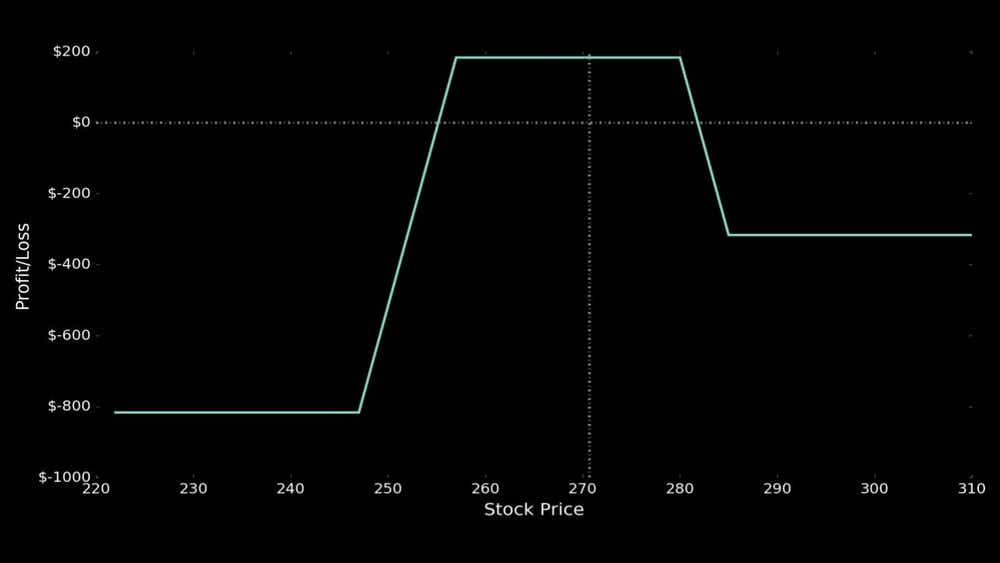Dynamic Iron Condors: Riding the Wave of Market Fluctuations

Dynamic Iron Condors: Riding the Wave of Market Fluctuations
By:Kai Zeng
Static iron condors and dynamic iron condors, both have benefits. Learn how to trade dynamic iron condors.
The iron condor, a popular options trading strategy, offers a high probability of earning a limited profit. Two common types—static iron condors and dynamic iron condors—both have benefits.
Static iron condors are known for their simplicity and ease of management. They possess straightforward risk profiles, making them an ideal choice for novice traders or those who prefer a more hands-off approach. However, the wing width of static iron condors requires frequent adjustment based on the trader's portfolio size and the underlying price. For example, the risk of a 10-wide iron condor could be substantial for a $20 stock like Silver ETF (SLV), but relatively small for a $1,000 underlying like the S&P 500 Index (SPX), which is trading at 4,400.
Dynamic condors display flexibility
Dynamic iron condors, on the other hand, offer more flexibility because of their unfixed wing width. They address the issue of constant adjustment by focusing on deltas, which move in sync with the underlying price. This means that as the underlying price increases, the wing width of an Iron Condor with the same deltas also expands, and vice versa.

So, how has the width of wings changed over time, and how have they historically performed? To examine this, we tested SPY 20𝛥/10𝛥 iron condors with 45 days until expiration.
Lots of width on the put side
An interesting aspect of dynamic iron condors is that because of the skew in SPY, the put side is typically wider than the call side. On average, the put side is twice the width of the call side, which affects the buying power reduction, causing it to fluctuate over time.
.jpg?format=pjpg&auto=webp&quality=50&width=1000&disable=upscale)
An advantage of dynamic iron condors is that the size or BPR (Buying Power Reduction) of the position adjusts based on the underlying price. That helps maintain a stable capital allocation percentage for each position. However, as the underlying price increases, Dynamic iron condors can become more expensive to trade.
.jpg?format=pjpg&auto=webp&quality=50&width=1000&disable=upscale)
This strategy has generated consistent and substantial profits over the years. Managed effectively, its performance can be boosted even more.
.jpg?format=pjpg&auto=webp&quality=50&width=1000&disable=upscale)
In conclusion, dynamic iron condors can be a powerful tool for traders, offering flexibility and the potential for significant profits. They adjust with the market, allowing traders to maintain a stable capital allocation percentage. However, like any trading strategy, they require careful management and an understanding of the market. The key to successful trading lies in finding the right balance between risk and reward, and Dynamic Iron Condors can certainly play a significant role in achieving sat.
Kai Zeng, director of the research team and head of Chinese content at tastylive, has 20 years of experience in markets and derivatives trading. He cohosts several live shows, including From Theory to Practice and Building Blocks. @kai_zeng1
For live daily programming, market news and commentary, visit tastylive or the YouTube channels tastylive (for options traders), and tastyliveTrending for stocks, futures, forex & macro.
Trade with a better broker, open a tastytrade account today. tastylive, Inc. and tastytrade, Inc. are separate but affiliated companies.
Options involve risk and are not suitable for all investors. Please read Characteristics and Risks of Standardized Options before deciding to invest in options.